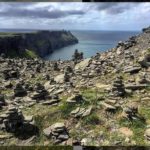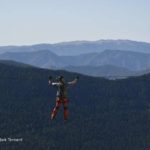Cairns
A cairn is a man-made pile (or stack) of stones. The word cairn comes from the Scottish Gaelic: c?rn (plural c?irn)
The Purpose of Cairns
Cairns, traditionally, have stood at places to mark particular spots. They have prehistoric origins as landmarks and marking burial sites.
In a walking or mountaineering context they are used to help navigation or route-finding in poor visibility. They are frequently erected at summits or key navigational points. Unfortunately they can morph into stone stacking.
Contrast this purpose with the stone stacks in the photograph below I took in the Vanoise National Park in the French Alps. They serve no purpose. In poor visibility they can (and do) lead to confusion and route-finding mistakes.
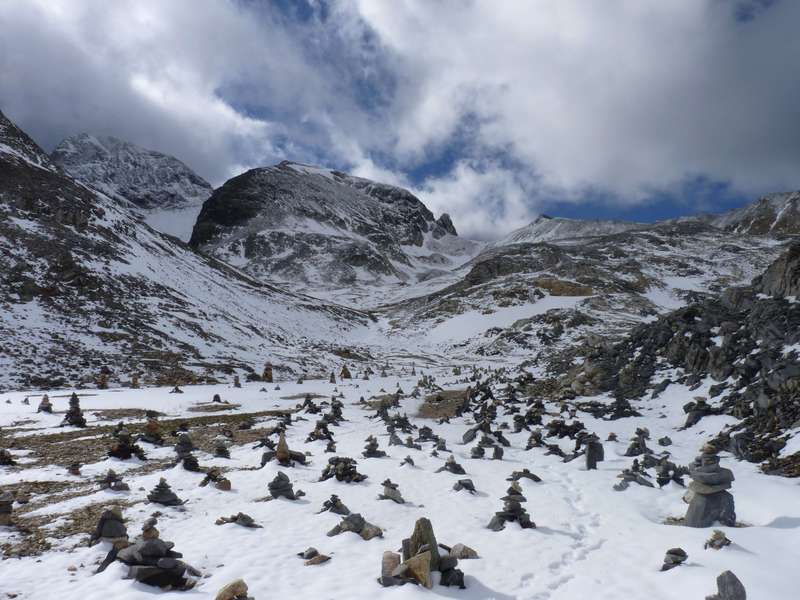
Why Stone Stacking Should Stop!
I believe stone stacking or “rock balancing” should stop for the following reasons:
- Stone stacking takes away from the sense of wilderness or wildness. The feeling that no one has been there before.
- It robs subsequent people of the feeling of wildness.
- It’s like an animal marking it’s territory, “this is mine”.
- It’s self-absorbed and narcissistic. It’s a form of “natural graffiti”.
- Nature doesn’t need to be embellished; it speaks for itself!
- Stacking stones goes against the principles of “Leave No Trace“.
A Phenomena Fuelled by Social Media
It’s is a plague propagated by Instagram and other social media platforms. It has become a type of “natural grafitti”! A search for #stonestacking on Instagram yiels over 30,000 results!
“Rock balancing” – it’s got out of hand.
?Please, enjoy the park but leave rocks and all natural objects in place … a curious but destructive practice … stacking up stones is simply vandalism”.
Post by Zion National Park Social Media Co-ordinator
?Social media has kind of popularized rock stacking as a meditative activity, and you used to have a handful of people doing it, but it has really escalated over the past few years on public lands,?
Wesley Trimble, the American Hiking Society
A demonstration of how social media can give rise to an exponential increase in an activity.
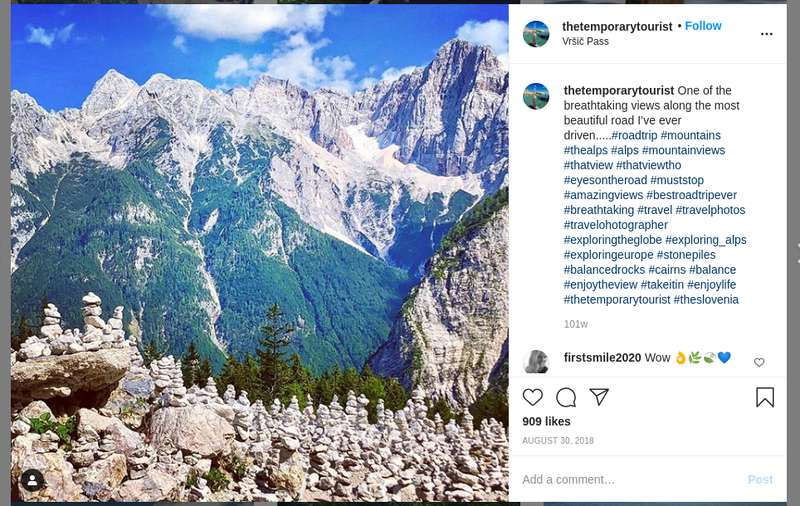
Environmental / Ecological Concerns
The movement of stones can cause erosion especially in fragile environments. Small animals have their fragile ecosystems damaged. The undersides of stones provide a cool, humid environment for invertabrates.
?Rock stacking is a way of quickly making your mark and having an image of it. People are posting pictures of them on Instagram, saying, ?I?ve been here and I made this? ?
John Hourston, the Blue Panet Society.
He first noticed the boom when he visited remote beaches in Orkney, Scotland, and found them littered with rock piles. He said,
?It struck me as a real shame, because there are very few places where you can still find solitude and seclusion, and here they were absolutely covered by the footprint of man.?
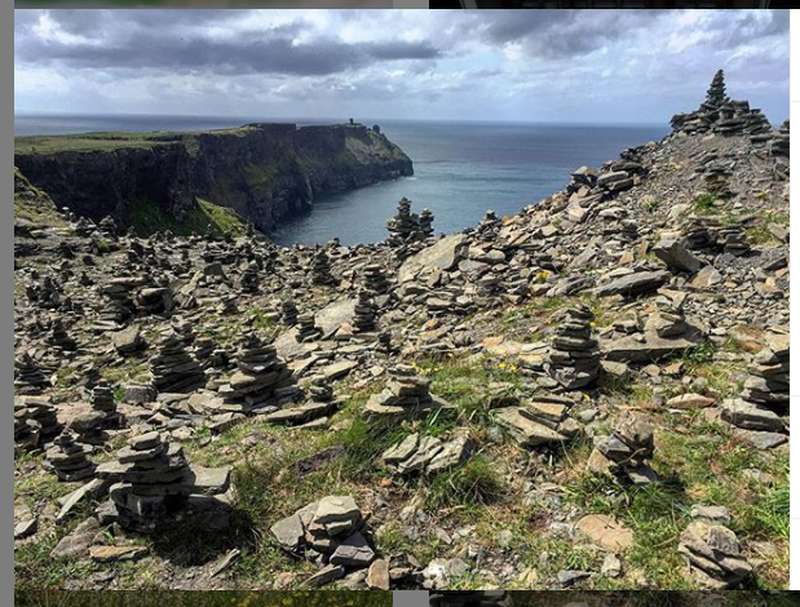
Isle of Skye, Scotland
In 2018 local residents on the Isle of Skye on the west coast of the Scotland have had enough. They dismantled more than 100 stone piles in the world-famous, Fairy Glen, near Uig and transported them back to where they belong. They claimed, in my view rightly, that it robbed the glen of its natural beauty.
Links to other articles
https://www.newyorker.com/culture/rabbit-holes/people-are-stacking-too-many-stones
Rock-stacking-denies-people-the-experience-of-wildness
https://www.theguardian.com/uk-news/2015/oct/30/ben-nevis-visitors-urged-not-to-build-mini-cairns

